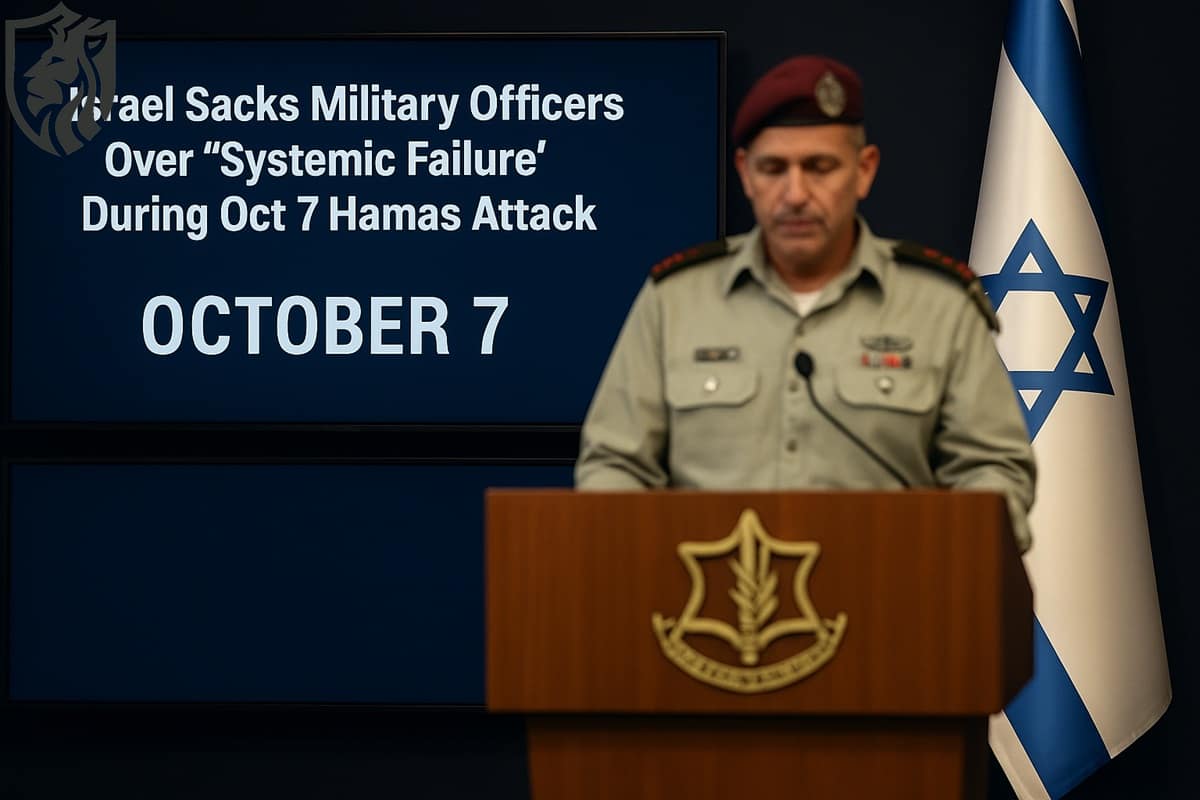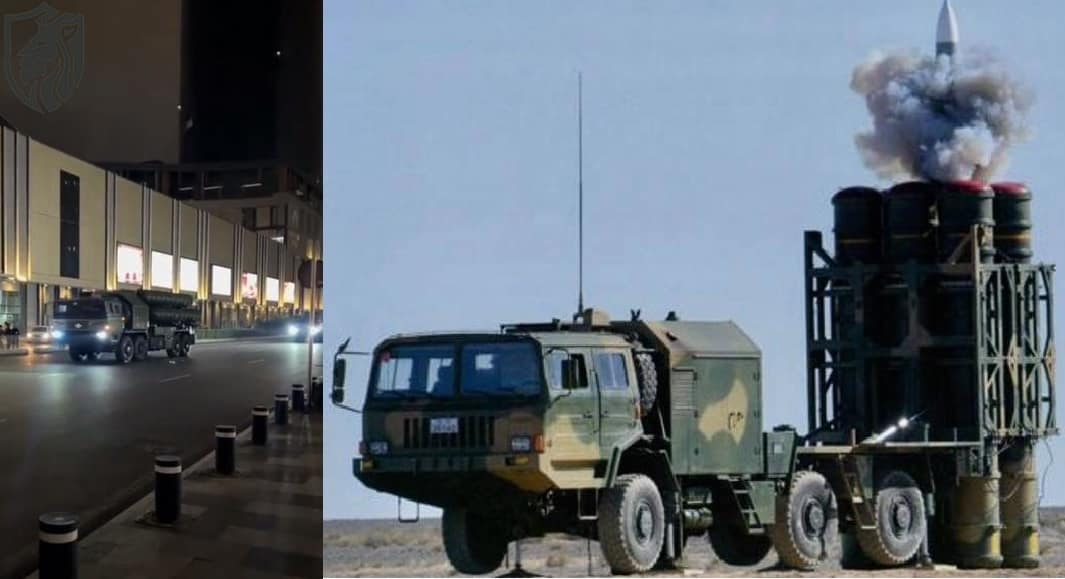
Islamic Revolutionary Guard Corps armed personnel wear masks and participate in a military rally in downtown Tehran, Iran, on January 10, 2025. The IRGC spokesperson says on Monday, January 6, that the military rally named Rahian-e-Quds (Passengers of Al-Aqsa) includes 110,000 IRGC members. (Photo by Morteza Nikoubazl/NurPhoto via Getty Images)
As President Trump threatens military intervention to restrict Iran’s nuclear program, a recent open-source analysis reveals that the air defense systems surrounding one of Iran’s key nuclear facilities may be less integrated and more “brittle” than anticipated.
The study, disclosed solely to Breaking Defense, originates from the James Martin Center for Nonproliferation Studies, which utilized what analysts described as an uncommon lapse in Iranian operational security to access radar data pertaining to Natanz, a pivotal Iranian nuclear facility.

Sam Lair, a researcher at the Martin Centre, informed Breaking Defence that, although the observation was fleeting, it offered “the most definitive insight we’ve had regarding air defenses for nuclear facilities.” He remarked that the volume of data extracted was “remarkable” and that it represented a misstep by Iranian censors, who have traditionally obscured such information.
The information comes from an approximately two-second video segment of an Iranian command center that was disseminated in commemoration of the one-year anniversary of Israeli attacks on an Iranian drone facility located near Natanz. In that clip, three screens display data from four radar systems.
Utilizing that information and open-source imagery, Lair and his colleagues successfully geolocated the radars and determined the types of systems that were operational around Natanz. The researchers concluded that the four radars comprise an Iranian Najm 804 radar linked to the Khordad-15 defense system, two variants of the Soviet-era P-12 Spoon Rest A radars, and a Russian-origin Tor surface-to-air missile system.
Isolated and Disjointed
The analysts displayed the radars on separate screens, revealing that the outdated systems couldn’t operate together as an integrated network. “It is astonishing that the defenses for such a sophisticated site are so isolated and disjointed,” Lair stated. “I anticipated a greater degree of sophistication for such a significant domain.”
Is it possible that the information was disseminated intentionally, perhaps in a deceptive manner to mislead observers such as Lair? Lair expressed skepticism regarding the likelihood that it was three-dimensional chess.

“I believe this is an inherent truth about humanity: We inevitably err.” “At times, editors exhibit incompetence in their roles,” he stated. “I believe it is a genuine error, as in numerous other videos, they exercise greater caution in obscuring monitors of this nature.”
This is not the first time that enthusiastic open-source analysts have used Iran-disseminated public imagery about Natanz. In 2008, photographers extensively captured former Iranian President Mahmoud Ahmadinejad touring the nuclear facility and its centrifuges. One analyst told The New York Times the images were “intelligence to die for.”
The potential inadequacy of Iran’s defenses in data sharing, contrary to prior assumptions, could be significant for American or Israeli military strategists considering options against Tehran; however, according to Lair, this new intelligence may be irrelevant for a strike on Natanz.
Lair stated, “The findings astonished us, but on reflection, their minimal impact on strategic calculations surprised us.” Natanz includes deeply buried facilities, making them extremely difficult to destroy with airstrikes—even when using powerful bunker-buster munitions.
Conclusion
However, if Iran’s air defenses are truly weak, other nuclear sites without such protection could face greater risk. Ironically, while kinetic strikes may breach defenses more easily, non-kinetic attacks struggle due to system-switching limitations and coordination gaps.
Therefore, any future operation must carefully weigh the trade-offs between brute force and digital precision in targeting Iran’s nuclear infrastructure. It implies that the Iranians, who are utilizing hardware from various origins, may encounter compatibility issues between those systems.
Lair remarked, “It is astonishing that such a non-integrated defensive structure exists at the most sensitive sites.” “Perhaps that is applicable to other locations,” he remarked. “Generalization is challenging, yet it is simply astonishing.”
References
- Breaking Defence—breakingdefense.com
- James Martin Center – nonproliferation.org
- The New York Times – nytimes.com
- Arms Control Association – armscontrol.org
- Bellingcat – bellingcat.com









